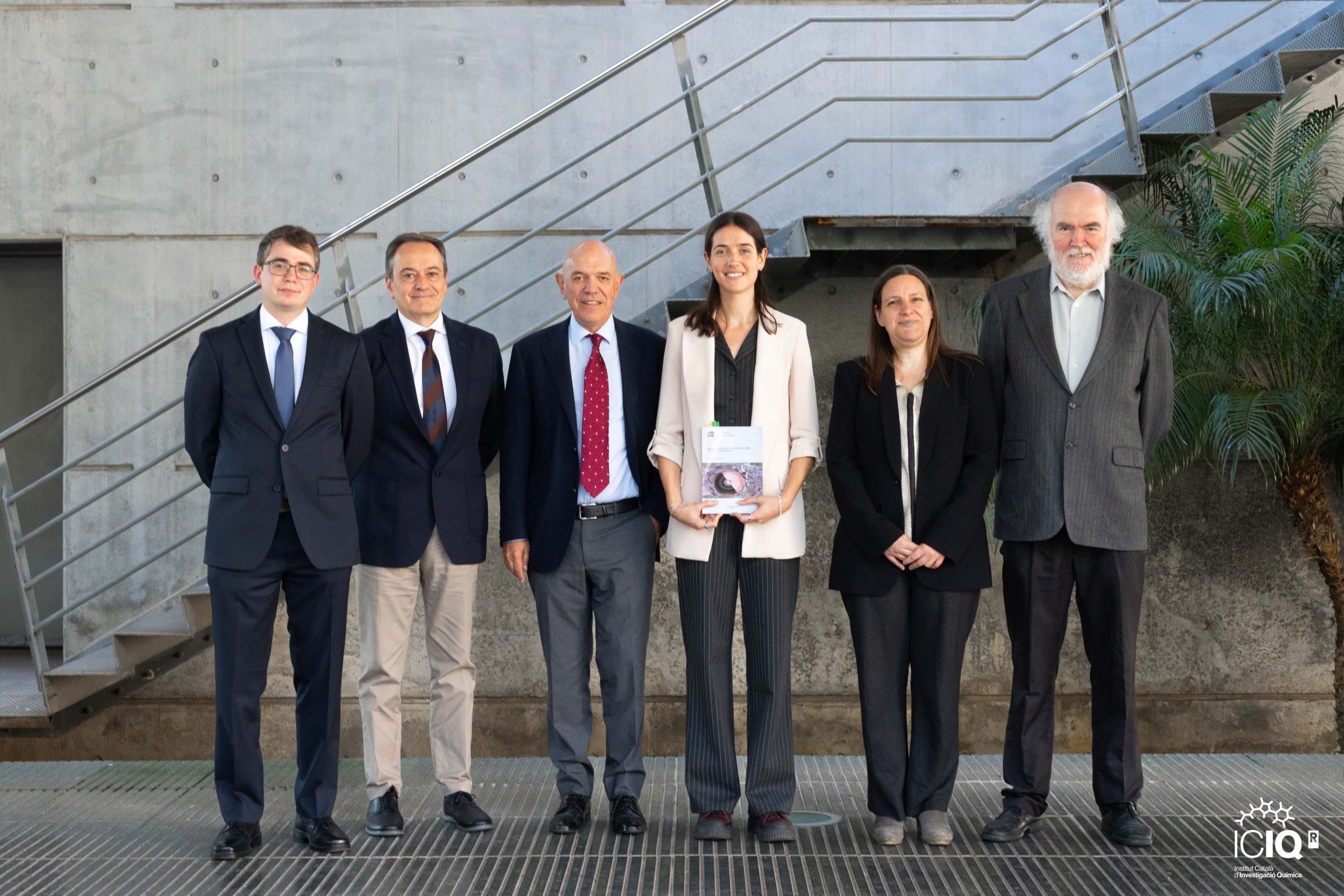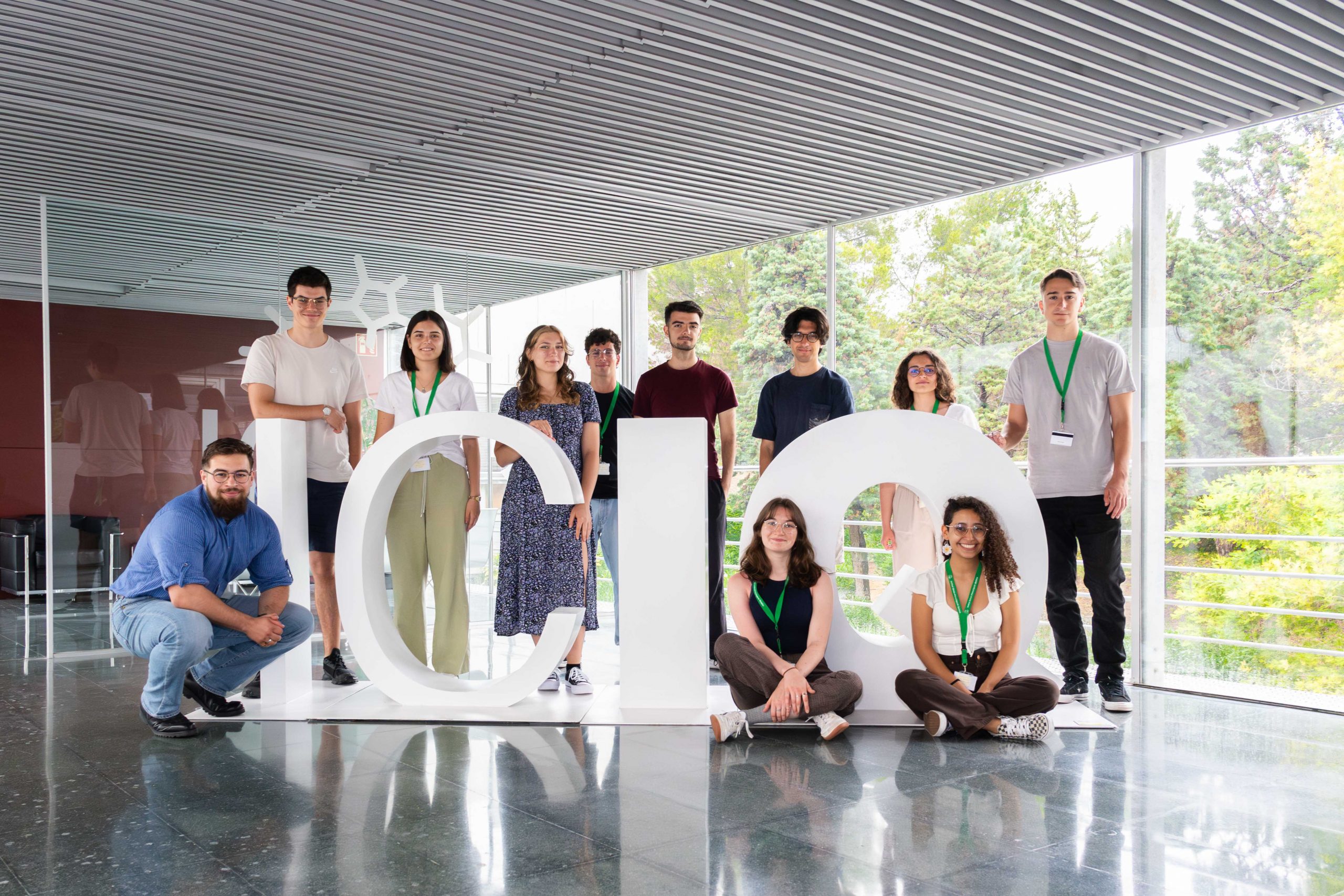Nonacene joins the acenes family
A team of ICIQ chemists and Polish physicists synthesizes nonacene and analyses for the first time its electronic properties.
Acenes are the narrowest graphene nanoribbons – polycyclic aromatic hydrocarbons constituted by linearly fused benzene rings. Their unique electromagnetic properties make them ideal for applications in electronic devices –transistors, LEDs– as well as spintronics and plasmonics.
Now, members of the Echavarren’s group at ICIQ, in collaboration with a team of physicists in Poland, synthesised nonacene, the second longest acene ever prepared. Researchers managed to study for the first time the electronic properties of this highly reactive acene seven years after it was first detected. Furthermore, the team obtained several high resolution microscopy images of this elusive molecule.
To achieve it, researchers deposited on a gold surface a partially saturated precursor that can withstand ambient conditions. Then, using the tip of a microscope that combines scanning tunnelling and atomic force techniques, they triggered the aromatization to fully aromatic nonacene. Because of the limitations of this method, the team also developed a thermal approach that could facilitate the synthesis of bigger amounts of this novel molecule.
The electronic properties of nonacene were analysed using scanning tunnelling spectroscopy. Moreover, researchers were able to obtain electron density maps of a range of nonacene’s molecular orbitals, which strongly correlate with theoretical calculations. Measurements corroborate the expected decrease in the HOMO-LUMO gap in the acene series as the number of fused rings increases, which could make nonacene a very good low bandgap semiconductor.
This on-surface method for the synthesis of acenes opens up new perspectives not only in the preparation of longer graphene nanoribbons, but also in the functionalization of existing ones towards more advanced functional materials.
Nonacene generated by on-surface dehydrogenation
R. Zuzak, R. Dorel, M. Krawiec, B. Such, M. Kolmer, M. Szymonski, A.M. Echavarren, S. Godlewski
ACS Nano 2017, DOI: 10.1021/acsnano.7b04728.
Related news

Let's create a brighter future
Join our team to work with renowned researchers, tackle groundbreaking
projects and contribute to meaningful scientific advancements









 24-10-2024
24-10-2024 


















